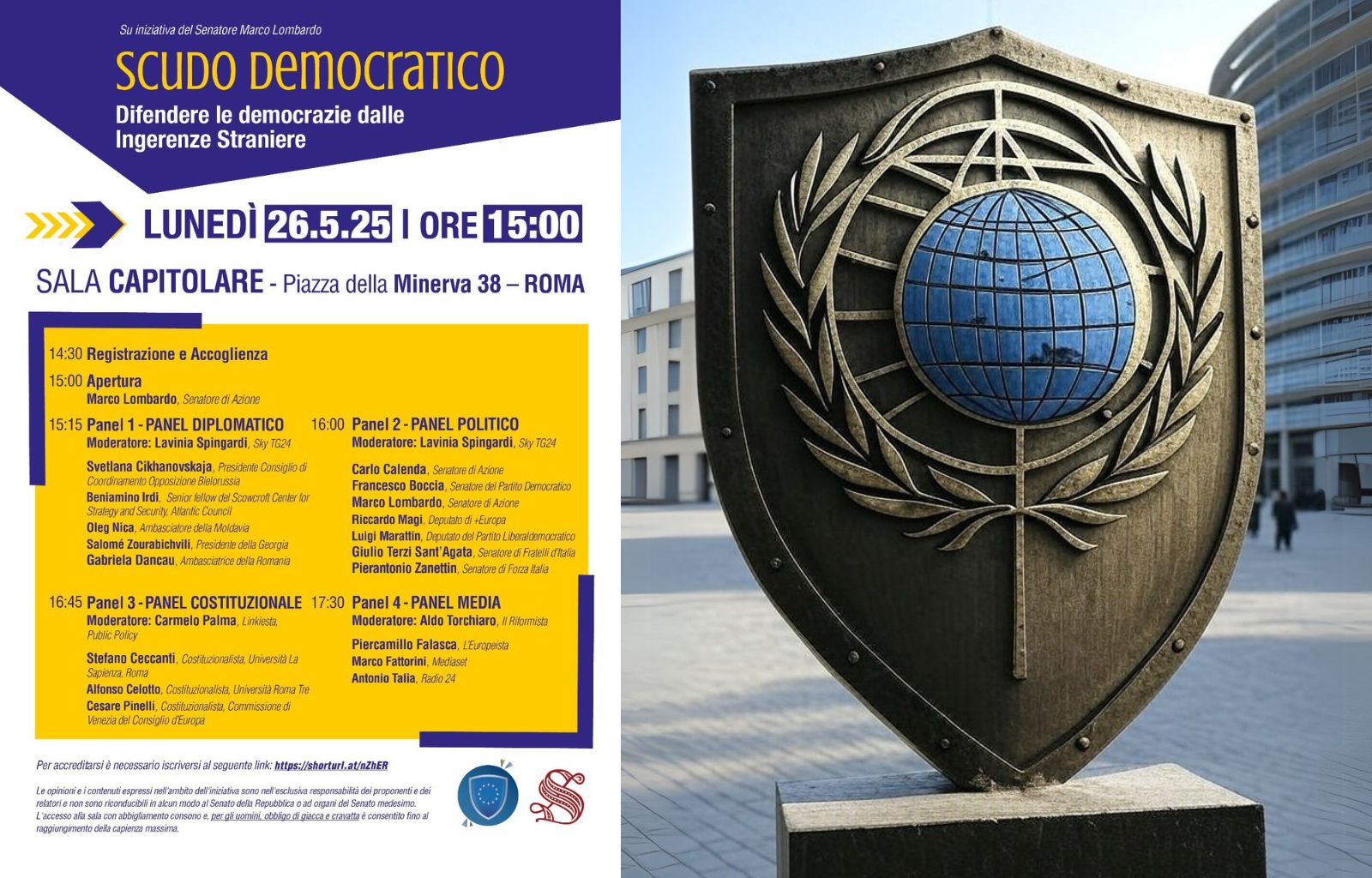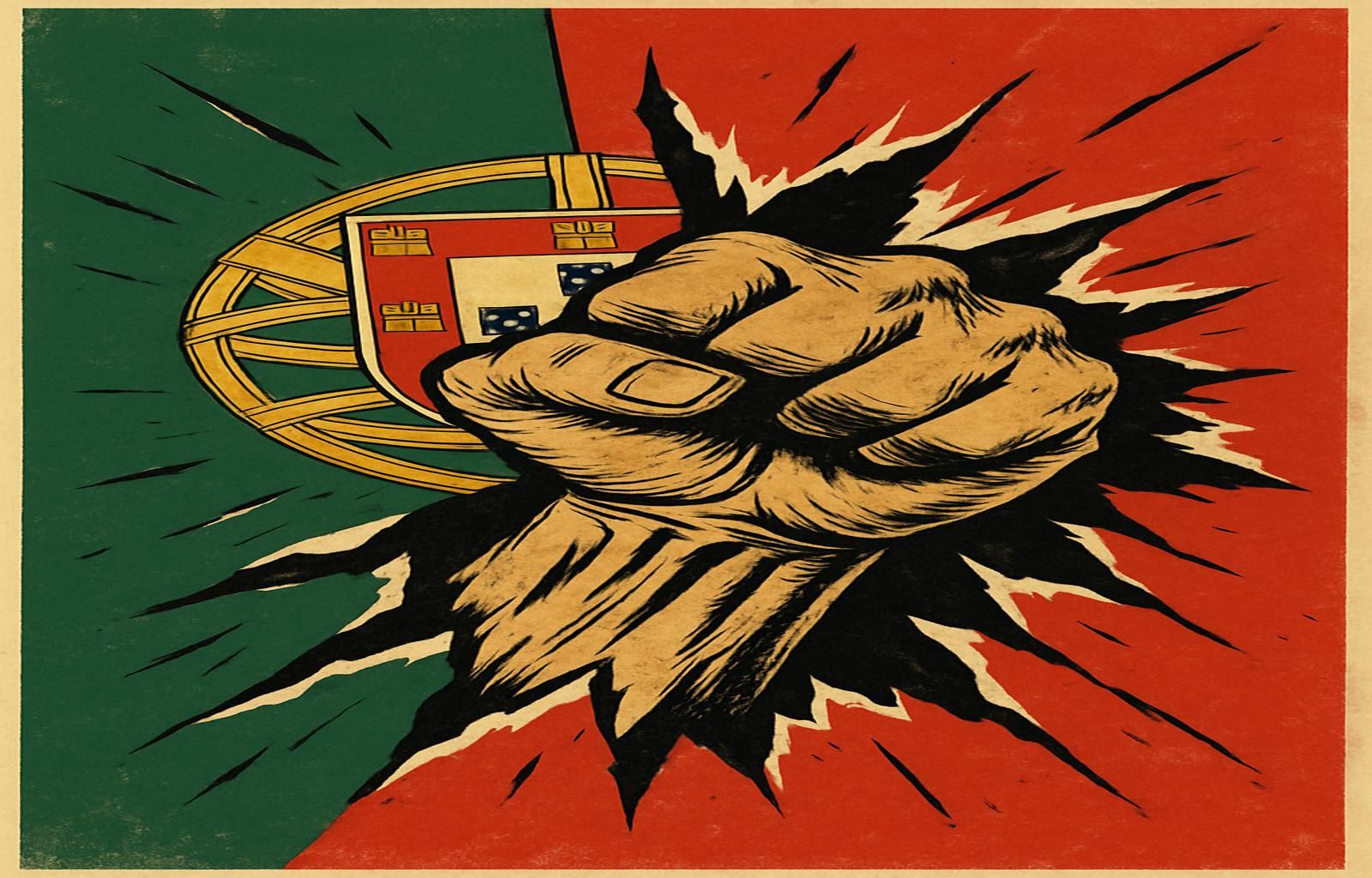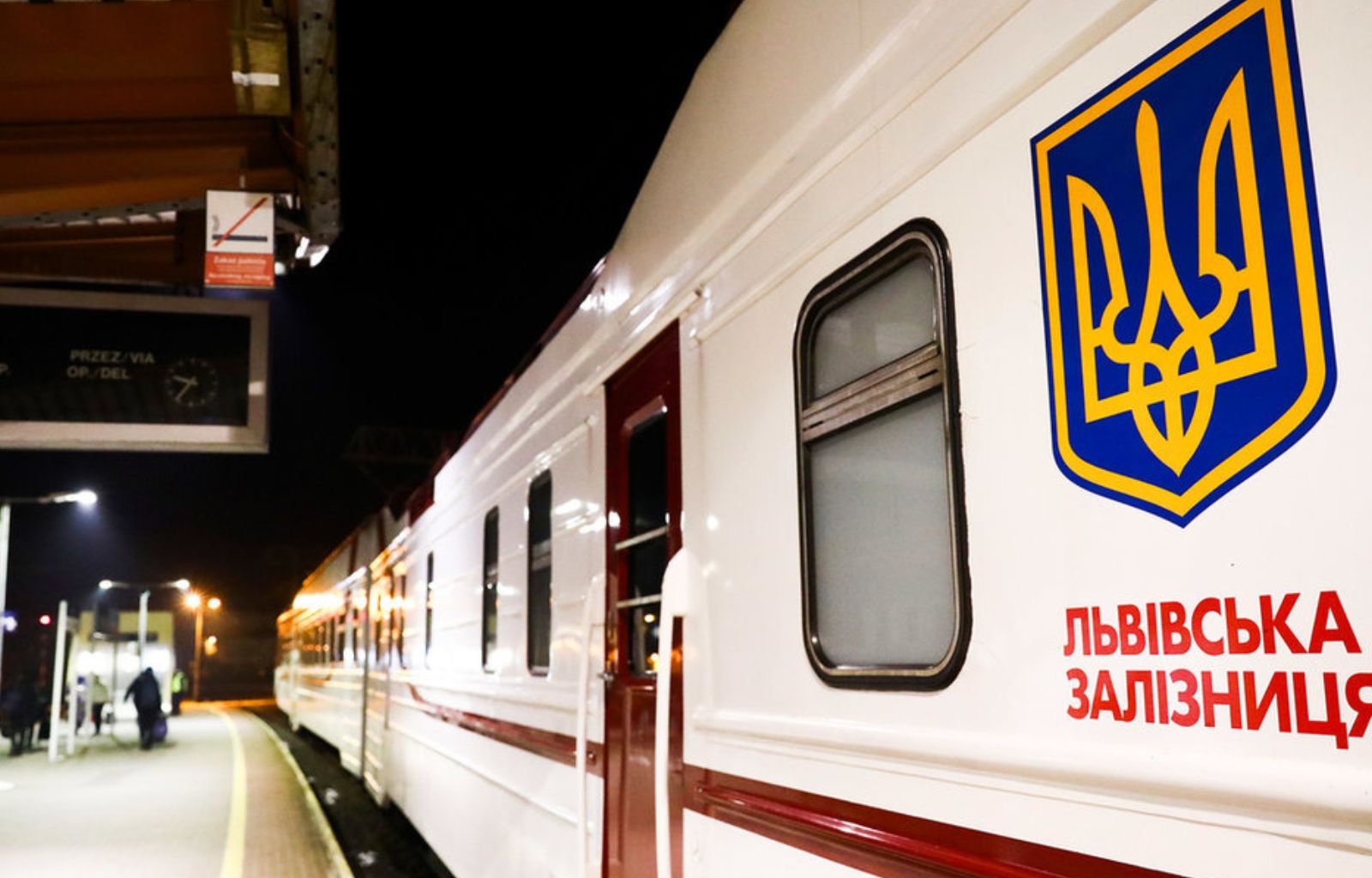Romania is proof that the Trump model is not exportable

The presidential elections in Romania in 2025 turned out to be much more than just a national election. They have become a communicative laboratory, a strategic test
for the relationship between populist narrative and pro-European hold, and an observatory to measure the effectiveness of exporting Trumpism in a non-American context. Nicușor Dan ‘s victory over George Simion, on the ballot with a surprising 53.6 per cent against his opponent’s 46.4 per cent, revealed a much more complex scenario than had appeared in the first round, which Simion closed with a clear lead. More than an election result, it was a cultural response.
Therecord turnout (64.72%) – the highest since 1996 – showed how the challenge between Europeanism and sovereignty, between institutions and radicalism, between technical moderation and identity-based populism, has
mobilised an electorate that had seemed resigned in the first round. But what was at stake was not just the Romanian presidency: it was Romania ‘s role in the European chessboard, the impact of Russian interference, the ability of political communication to influence perceptions of the West, and the credibility of the democratic establishment in a region increasingly hybridised by disinformation, geopolitical revanchism and digital polarisation.
Between pragmatic Europeanism and performative nationalism
The duel between Nicușor Dan and George Simion was a narrative clash rather than an ideological one. Dan, an independent with a background as a civic activist and mayor of Bucharest, built his campaign around the watchword ‘honest Romania’. His communication was based on
sobriety, technical content, and a claim for an administrative style based on transparency and accountability. Simion, on the contrary, staked everything on the rhetoric of Greater Romania, on denouncing an alleged conspiracy of European elites, and on communicative affiliation to western
Western populist models, primarily that of Donald Trump.
The diaspora vote, which we analysed in a previous article, was a revealing field. Romanians in Eastern Europe rewarded Dan, recognising his institutional commitment and Euro-Atlantic vision. On the contrary, in the Western European diaspora – with the exception of the Nordic countries, the Netherlands, Switzerland, Portugal and Luxembourg – Simion gained significant support, exploiting migrant frustration, economic malaise, and identity narratives. It is precisely among these communities that disinformation and fake news have found fertile ground, fuelled by a media amplification campaign
close to international far-right circles.
The tone of the respective election campaigns
Simion built a ‘reality show’ campaign. He has deserted television confrontations, preferring tours in Eastern European countries where he has been photographed with leaders and militants
sovereignists. He received the explicit support of Steve Bannon, Marine Le Pen, Viktor Orbán, as well as the Polish and Italian far-right (with Salvini and Vannacci in the front row). Even Giorgia
Meloni has expressed support for him: a gesture that, in light of his defeat, represents another boomerang of the Italian government’s customised foreign policy.
Dan’s communication focused on theabsence of showmanship. No big rallies,
few slogans, much substance: in TV confrontations he often found himself alone, with the empty podium of his opponent turned into a viral meme. But precisely in that solitude he has built credibility.
He has made the absence of rhetoric a political act. He has focused on his connection with the city, his experience as mayor, and a vision of the presidency as an institutional embankment, not a platform.
Finally, the EU and NATO issue. Simion, while not proposing a formal exit from the two bodies, campaigned in anti-Western tones, fuelling a revisionist narrative (including the return of the ‘lost’ lands) that provoked strong reactions in Kiev and Brussels. Dan, on the other hand, claimed the country’s Euro-Atlantic roots , positioning himself as the guarantor of constitutional respect and strategic alliances. His has been a campaign of institutional reassurance in a time of fracture.
It should be emphasised that, in his own way, Nicușor Dan also emerged as an anti-system figure: independent, technocratic, disinclined to party compromise and critical of the traditional political class. His campaign did not seek the support of major parties, but fed on a reputational capital built through civic activism, administrative experience and a
narrative based on competence, honesty and pragmatic vision.
Between communication errors, Russian interference and the failed Trumpian model
The second phase of the analysis is the more strictly geopolitical-communicative one. The 2025 presidential elections do not come in a vacuum: they follow theannulment of the previous November’s vote, won
by the ultranationalist Călin Georgescu and then invalidated due to Russian interference. It was Georgescu himself, excluded from the current vote, who had promised to become premier in the event of Simion’s victory. The link between the two was cleverly exploited by Dan’s campaign, which emphasised the
risk of a pro-Russian and authoritarian drift. And it was also used by Brussels and some Western chancelleries to mobilise public responses in support of Romanian democracy.
But it is the miscommunication that best describes the failure of the Simion model. The
sovereignist published on X (formerly Twitter) a post claiming victory with the flag of Chad, identical to the Romanian flag but with different nuances. The mistake, which went viral, has
reinforced the image of a superficial, symbolically misaligned campaign. It was not just
a graphic error: it was a narrative error. In a campaign based on national symbolism, getting the flag wrong is like getting the score wrong in a concert. It is a
performative failure.
Another key element: the role of disinformation. Romania is one of the countries most vulnerable
to the influence of Russian narratives. For this reason, Dan’s choice to maintain a sober, verifiable profile and rely on independent media was an effective countermeasure. Simion, on the other hand, gave ample space to dubious sources, reviving conspiracy frames, attacks on the judiciary and the deep state, theories about the ‘LGBTQ invasion’ and the ‘forced romanisation’ of children. Rhetorics that work in polarised contexts, but have generated rejection here.
In this dynamic, Europe has played a key role.
Brussels’ implicit endorsement of Dan
The support of the European institutions for Dan was a fundamental barrier. So did the reaction of Ukraine, which welcomed his victory, considering Simion ‘persona non grata’ for his revanchist statements.
Despite some internal controversy, Dan managed to keep a credible profile, avoiding the
traps of ideological pressure.
The domino effect for Italy is inevitable. Giorgia Meloni’s endorsement of George
Simion should be read in the context of the internal dynamics of the Conservatives and Reformists
European (ECR) group, of which Meloni was president and Simion is currently executive vice-president. In
case of a victory for the sovereignist, the ECR’s political weight within the European Parliament would have been strengthened, allowing the group to negotiate from a more solid position in view of the next European legislature.
The operation was conceived in a strategic key, as part of a broader attempt to re-legitimise the sovereignist right on a continental scale. However, the final result highlighted the limits of an overly automatic equation between Trumpism and European consensus: what translates into electoral strength in the United States, thanks to a peculiar institutional and informational structure, does not automatically find a match in the European context, where the electorate tends to penalise alliances perceived as destabilising or too prone to revisionist narratives. The Romanian case has clearly shown this discrepancy.
Simion’s post-election communication
George Simion’s post-election communication has consistently fitted into the groove of a
populist, muscular and sometimes clumsy rhetoric that characterised his entire campaign. After his defeat, Simion nevertheless tried to claim a symbolic role, posting a tweet
in which he celebrated a supposed victory. The post, which should have displayed the Romanian flag,
instead showed that of Chad – identical in terms of colour scheme, but distinguished by a visual interpretation that in the political context took on a comical and paradoxical tone. This mistake, which quickly went viral, unleashed awave of irony on social media and further soured his image as a credible international leader.
The communication gaffe reflects an approach to the public arena dominated more by propaganda impulse than by conscious strategy. Simion has set the entire narrative of his
his candidacy on the centrality of identity, the defence of ‘Greater Romania’ and the contrast to global elites
global elites, but failed to transform this into institutionally effective communication. The choice to desert television confrontations, while Dan showed himself
available for debate and argumentative visibility, accentuated the impression of a candidate
strong in proclamations, but weak in managing decisive moments.

Even in his handling of the election result, Simion’s tone remained one of victimisation and
implicit delegitimisation of his opponents. His references to ‘interference’ and the
“partitocracy’ have welded themselves to a broader narrative, which has long aimed to superimpose
the image of the national establishment with supranational structures – particularly Brussels –
portraying them as obstacles to popular self-determination. This narrative, however, has shown
obvious limitations when compared with the record turnout in the second round, which rewarded
precisely the pro-European antithesis represented by Dan.
What we Europeans learn from these presidential elections
The conclusion of this electoral round provides clear indications not only on the future of
Romania, but on that of theentire democratic architecture of Eastern Europe. In a context marked
by the expansion of pro-Russian propaganda, by the polarisation between sovereignist and
Europeanist constraints, and a structural crisis of traditional parties, Dan’s victory is a case study
.
The Romanian runoff was not just the clash between two candidates, but the plastic representation
of two ideas of nationhood and European future. Simion embodied a nostalgic, identitarian vision,
close to the demands of the Trumpian ultra-right and supported by an international network that is openly
sovereignist network. Dan, on the contrary, was able to mobilise a civic, transgenerational and
pragmatic, without succumbing to populism but speaking to an electorate tired of corruption and empty rhetoric
empty rhetoric.
Romania emerges from these elections with an independent, technocratic, pro-European and
non-ideological – but also with a clear warning: the vote is not unequivocal, and illiberal forces
remain in ambush. Europe should read this lesson carefully, because not always
the populist wave stops on its own. We need credible candidates, solid narrative structures and a
communication strategy that restores confidence in representative democracy. Nicușor Dan has
provided a possible way forward. Not definitive, but necessary.













